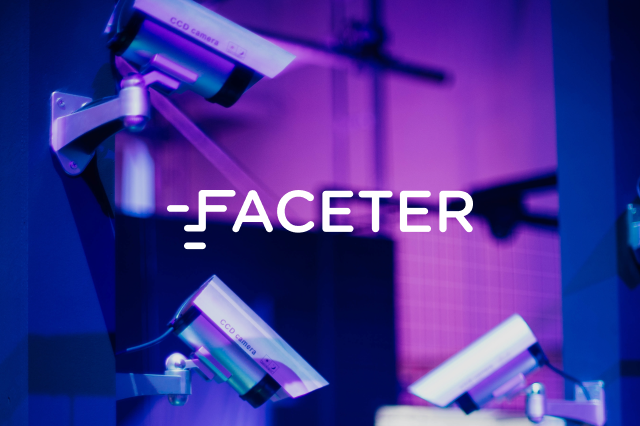
What is the computer vision technology? 2 tasks and self-study
It is already difficult to imagine a business facility, a territory, and dwellings without video surveillance. The need to install surveillance cameras in public places is established by law. Electronic technologies and artificial intelligence capabilities are developing exponentially. And at the moment we can talk about computer vision technology. What is it and where is it applied? That’s what this article is about.
What is computer vision?
Computer vision is a part of artificial intelligence. It is a set of methods with the help of which a computer analyzes the information it receives according to the given parameters.
What objects does computer vision analyze? Videos, photos, pictures, barcodes, faces, and even emotions are the scope of computer vision.
Special training techniques are used to train and self-train the machine. Based on the collection of a large amount of data, they allow you to record certain features and subsequently distinguish similar elements. Computer vision includes motion sensors.
2 main tasks.
Computer vision performs two main tasks:
- Image capture and archive formation.
- Detecting the appearance, and movement of a person or object in the frame. This also includes the appearance of fire, smoke and other incidents.
Computer vision functionality gives false alarms much less often than conventional systems. After all, AI is used here, so the control of video surveillance processes is much higher.
Applications
The video surveillance system with computer vision is used very widely in different spheres of human life. Let’s list some of them:
- Video analytics of attendance and customer service in the retail chain. Read the article “Organization of video surveillance in the store: tips from professionals”.
- Video monitoring and analysis of assortment, arrangement, and availability of goods for the sales representative. Smart vision monitors, compares, and makes recommendations.
- Video control at a production site, defect detection, control measurements. The number of defects significantly reduces in the production process.
- Ensuring employee safety. Observation of the use of protective equipment at hazardous production facilities, as well as the employee’s working conditions.
- Use in transportation to orient the machine in space and reduce accidents.
- Facial recognition, maintaining black and white lists. An essential function for security and marketing data collection.
In addition, there are areas where the capabilities of new video analytics technologies are only being introduced at the testing level.
Why do businesses need computer vision?
What are the benefits of computer vision for businesses?
- Security is an important goal for businesses. Facial recognition does a pretty good job of that.
- The increase of opportunities – the machine sees what is inaccessible to a man. Computer vision has proven itself in medicine and industry.
- Service – monitoring the quality of service, and identifying incidents.
- Reduction of human time consumption. Recognition is handled by smart surveillance, which significantly reduces errors and increases the productivity of the video surveillance system.
- Transition to autonomy. The development of computer vision contributes to the active progress of robotics and drone technology.
Video surveillance capabilities.
Faceter’s cloud-based video surveillance gives an opportunity to be aware of events at a manufacturing facility, in the office or at home at any time online. Intelligent service performs video analytics on the parameters required by the user and uses black and white lists.
Analytical video monitoring capabilities of Faceter are constantly expanding and improving. Even two old smartphones and free software can serve as equipment. An additional perk is the automatic update feature without user participation.
Conclusion
The use of computer vision greatly facilitates the conduct of commercial business, ensuring the safety of people and property, and the observance of the norms of public order. In addition, the use of a smart function eliminates human errors such as fatigue, inattention, bias, and also allows you to quickly respond to offenses and force majeure situations.








